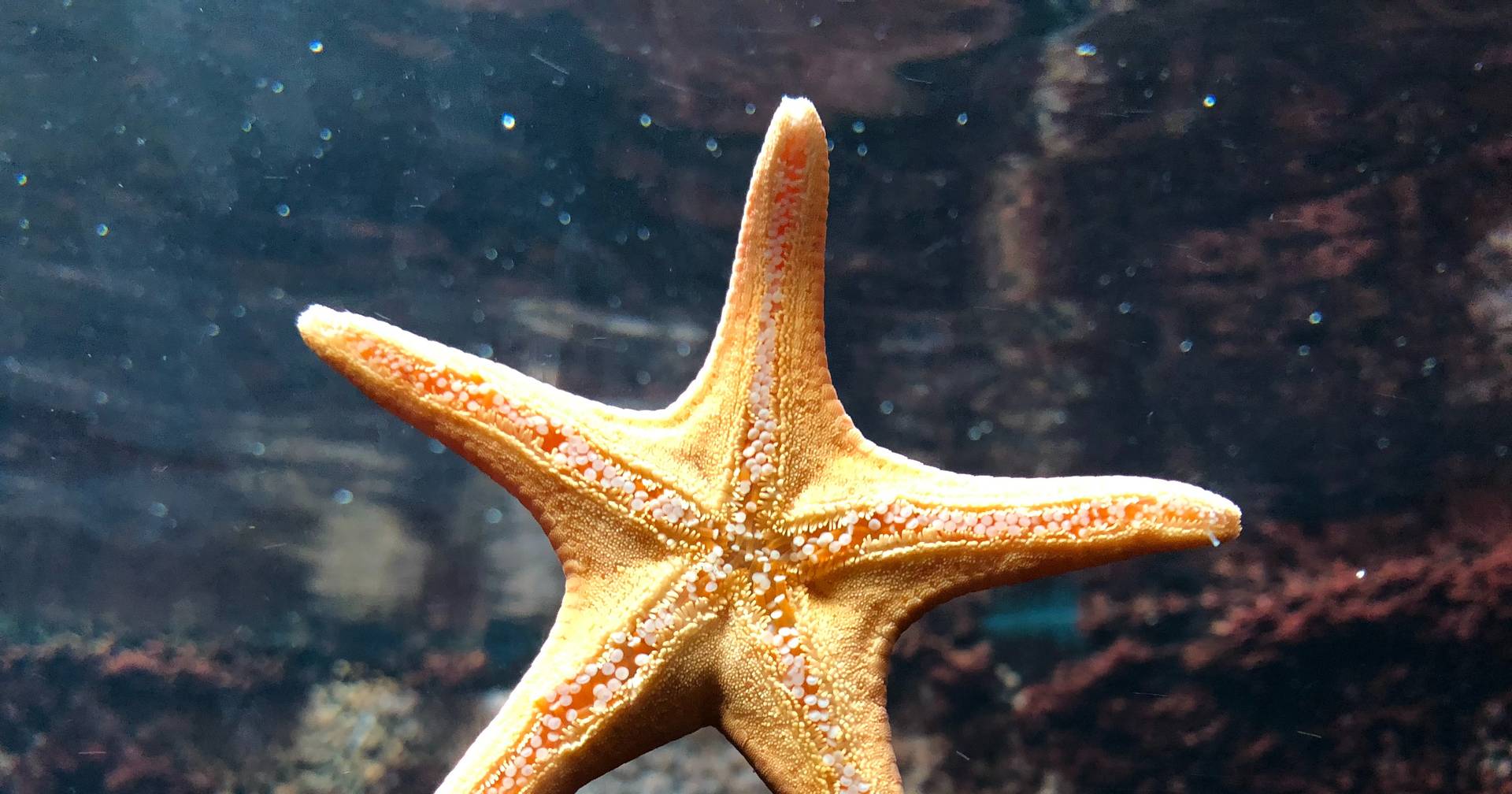A new study published this week in the journal Nature concluded that sea stars’ “arms” are, after all, parts of the head.
FacebookWhatsappTwitterLinkedinMail
The heads of most animals are easily identifiable, but until this week, scientists were unable to say the same for sea stars.
Sea stars are animals that belong to the group two echinoderms, along with sea urchins. Common flat body and five “arms”are protagonists of marine landscapes, from coastal regions to more remote areas in the open sea.
Experts have long tried to understand how sea stars, with their five-fold body plan, evolved from an ancestor with double symmetrya common body plan in animals including insects, molluscs, and vertebrates.
“How the different body parts of echinoderms relate to those we see in other groups of animals has been a mystery to scientists for as long as we have studied them,” said Jeff Thompson, co-author of the study from the University of Southampton, published in the journal Nature.
Unlike other animals, which have bodies formed in a bilateral plane, with a left side and a right side, echinoderms have a body divided into five symmetrical parts.
“In their bilateral relatives, the body is divided into head, trunk and tail. But looking at a starfish, it’s impossible to see how these sections relate to the bodies of bilateral animals,” explains Thompson.
To study the mystery of the location of the starfish’s head, researchers researchers used genetic and molecular mapping of sea stars of the species Patiria miniata to identify the different regions of your body.
In the case of sea stars, They are born from fertilized eggs as larvae that float in marine currents, with a bilateral body shape. As they develop, they end up settling on the ocean floor, a phase in which they go through an extraordinary metamorphosis that transforms them into the peculiar animals they are.
“Our research shows that the body plan of echinoderms evolved in a much more complex way than we previously thought and that there is still much to learn about these intriguing creatures”, points out Jeff Thompson. Thus, different parts of the “arms” of stars- domar correspond to extensions of your head, with the front part located near the center of the “arms” and the back part located near the edges.
In practice, this means that the starfish is a kind of head, without a body, with a mouth facing the ground, an anus facing upwards and five projections that help it move.
2023-11-07 21:54:45
#Zoological #mystery #solved #starfishs
